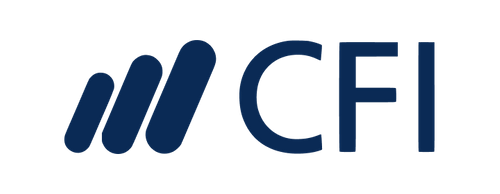Python Fundamentals
Course Features
Duration
5.5 hours
Delivery Method
Online
Available on
Limited Access
Accessibility
Desktop, Laptop
Language
English
Subtitles
English
Level
Beginner
Teaching Type
Self Paced
Video Content
5.5 hours
Course Description
Course Overview
Personlized Teaching
Case Based Learning
Post Course Interactions
Case Studies,Instructor-Moderated Discussions
Skills You Will Gain
What You Will Learn
Write and execute Python code to create variables, generate outputs, apply various operators, and manipulate different types of data
Capture and transform data using Numpy and Pandas packages
Explore data through different statistical methods to gain a deeper understanding
Visualize data to share insights using the Matplotlib and Seaborn packages
Target Students
Anyone who would like to build up their programming skills and use Python for data science to analyze data.
Anyone who desires to begin or further their career in data analysis, quantitative analysis, business intelligence, or other areas of business and finance.
